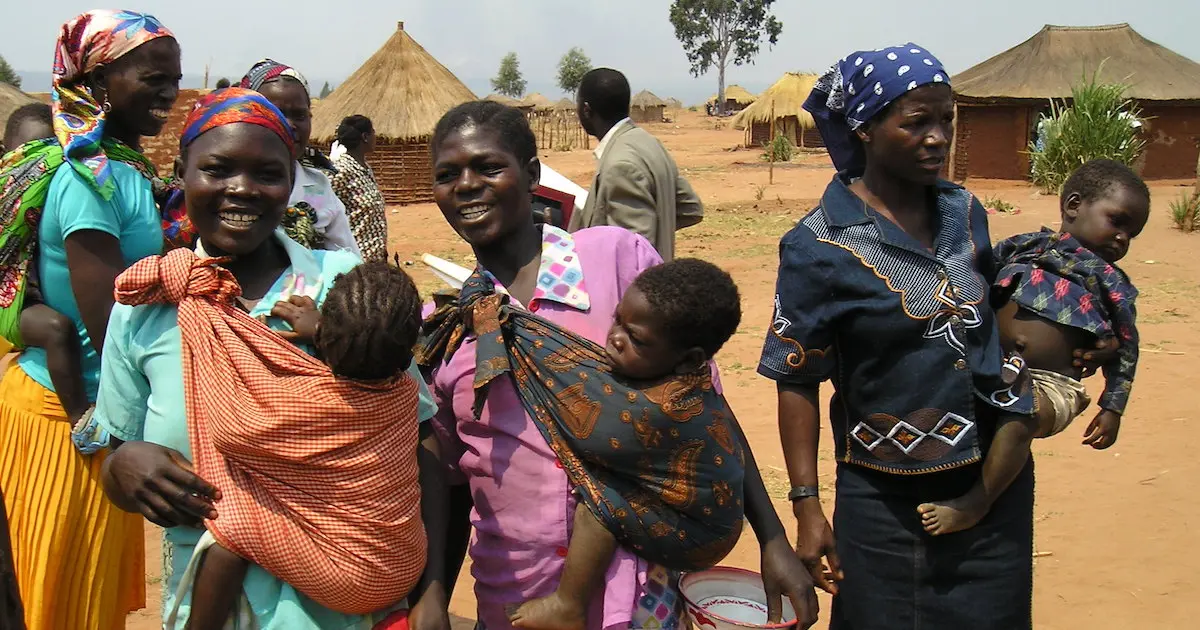Countries With The Highest Population Growth
Our planet is experiencing unprecedented exponential growth. With a current population of just over 7.8 billion, this figure is expected to surpass 11 billion within the next 50 years, placing further strain on natural resources, infrastructure, healthcare systems and economic stability.
In this article, we identify the five countries currently experiencing the highest population growths.
When we consider countries with the highest overall population, China and India immediately come to mind. But it is worth noting that, in terms of population growth, four of the five countries listed below are African countries. In fact Africa’s population is now increasing at such a rapid rate (on average across the continent, births outnumber deaths by four to one), it is predicted that, by the end of this century, a third of the worlds population will be located in Africa.
1: Syria
Annual Growth rate: 4.25%
Population (to nearest 100,000): 19,400,000
Between 2011 and 2018, Syria was ravaged by civil war, causing a decline in population. During this time, more than 5 million of its people fled to other countries in search of safety. Since 2019, however, Syria’s population has increased by more than 430,000. This increase is attributed partly to a high birth rate, but also to migration back into the country. The country’s population is expected to surpass 20 million by the end of 2023.
2: Niger
Annual Growth rate: 3.66%
Population (to nearest 100,000): 22,800,000
At an average of 6.95 births per mother, Niger has one of the highest fertility rates in the world, resulting in an increase in population of 896,000 between 2019 and 2020. Life expectancy in Niger, historically low compared to other countries, is also now increasing, contributing to the rapid population growth.
At the current rate of growth, it is anticipated that Niger’s population will surpass 50 million by 2041 and 100 million by 2068.
3: Angola
Annual Growth rate: 3.43%
Population (to nearest 100,000): 32,500,000
Angola has historically had a relatively small population relative to its size. However, since 1975, Angola has seen an accelerated population growth of more than 3% each year. This translates to more that 1 million more people each and every year, a trend which is not expected to change. As in Niger, Angola has one of the highest fertility rates in the world, an average of 5.55 births per mother.
Although life expectancy in Angola is not high (largely due to widespread conflict and poverty), the country has a relatively young population, with a median age of just 16. This means that births in Angola will significantly outnumber deaths for many years to come.

4: Benin
Annual Growth rate: 3.40%
Population (to nearest 100,000): 12,900,000
Benin’s high fertility rate, an average of 4.87 births per mother, has resulted in a population
increase of over 322,000 in the last year.
Benin’s population is expected to surpass 15 million by 2030 and 47 million by 2100. That’s a quadruple increase by the end of this century.
5: Uganda
Annual Growth rate: 3.34%
Population (to nearest 100,000): 42,300,000
Uganda’s population growth has consistently been around 3% now for several decades, adding more than 1 million people to the country each year. High poverty and unemployment have contributed largely to the country’s high fertility rates, currently at an average of 4.78 births per mother.
Uganda’s population is expected to surpass 100 million by 2060, almost 2.5 times its current level over the next 40 years.
Submitted by Friends of Retha
The Message is the ground-breaking new novel by Yan Vana, a thought-provoking and critically acclaimed debut that will change the way you think about overpopulation and the near future of earth.



Add Comment